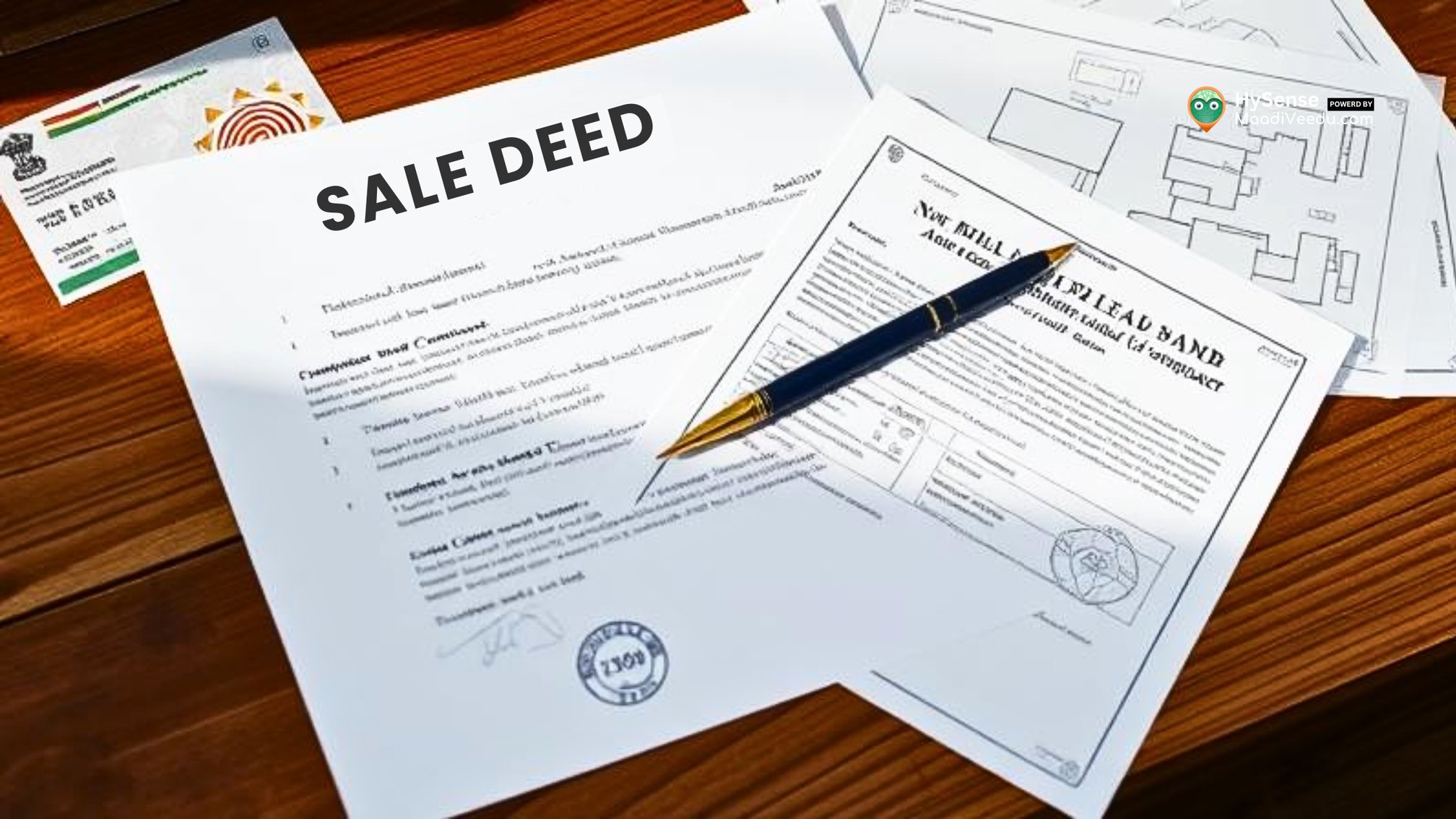How to Check if a Property is Under Government Acquisition – Complete Verification Guide
Learn how to verify if land is under government acquisition in India. Step-by-step guide covering land records, Master Plans, legal checks, and more.

Table of Contents
Buying a property is a significant investment, and due diligence is non-negotiable, especially when it comes to verifying whether the land is under government acquisition. Overlooking this critical aspect could lead to financial loss, legal disputes, or even losing ownership rights.
In this guide, we’ll walk you through the step-by-step process to confirm whether a property is marked for government acquisition. From reviewing land records to consulting with professionals, every step outlined here helps you make an informed, confident decision.
Before proceeding, you can explore available plots and check if similar properties are free from acquisition risks through this verified listing.
Why Government Acquisition Matters
Government acquisition refers to the process where the state or central government acquires private land for public use be it infrastructure projects, urban development, or transportation. If a property is marked for such acquisition, you may face legal hurdles, delayed possession, or outright denial of ownership.
Step-by-Step Process to Check Government Acquisition Status
1. Review Land Records Thoroughly
Land records offer the first clue about any existing acquisition status or legal claims..
2. Online Verification:
Most states in India now have online land record portals. You can search by the survey number, plot number, or the owner’s name. Look for any remarks related to acquisition, pending litigation, or land use restrictions.
Read also: How to Check Property Ownership Online in 2025 – State-Wise Land Record Guide for Safe Deals – a quick step-by-step to confirm who truly owns the land before you proceed
3. Offline Checks:
Visit the local Sub-Registrar's Office or the land revenue department. Key documents to request include:
- Encumbrance Certificate (EC): This document lists any legal dues, mortgages, or acquisition notifications associated with the property.
- Record of Rights (RoR): Contains ownership details and any government claims on the land.
Need help understanding land size across units? Try this simple land area converter tool to quickly switch between acres, square feet, cents, and more.
Examine the City's Master Plan
The urban planning authority's master plan outlines how land is to be used and developed over time.
- Land Use Classification: Check if the land is marked for residential, commercial, agricultural, or public utility use.
- Acquisition Zones: Look for areas designated for infrastructure projects, roads, or public buildings your property may fall under such zones.
- Zonal Development Plans: These plans provide even more specific information about plots under review for acquisition or redevelopment.
You can access these documents via the official website of the urban development authority or by visiting their office in person.
Check for Public Notifications
Government agencies are legally required to notify the public about upcoming land acquisitions.
- Newspaper Announcements: These often serve as the first public alert. Keep an eye on regional and national dailies.
- Government Websites: Visit the official portal of the state revenue or land acquisition department. These sites frequently publish acquisition notices, compensation details, and project plans.
Consult Legal and Land Professionals
When it comes to property, professional advice is invaluable.
- Real Estate Lawyer: A legal expert can identify red flags, verify documentation and advise on the risks associated with a particular property.
- Certified Surveyor: A land surveyor can physically assess the property’s dimensions, boundaries, and any encroachments or disputes.
These professionals help ensure that the property you’re considering isn’t caught in any acquisition net.
Verify Ownership and Legal Title
Clear title and ownership are essential to avoid future complications.
- Title Deed: Ensure the deed is in the seller’s name and free from any anomalies.
- Sale Deed: Confirm the deed’s authenticity and registration status.
- Encumbrance Certificate: Cross-check for loans, liens, or acquisition mentions.
- Property Tax Receipts: Updated receipts indicate legitimate ownership and proper municipal registration.
Conduct Physical Inspection
Beyond paperwork, a site visit can reveal ground-level realities.
- On-Site Check: Walk the property to check for boundary markers, fencing, or signs of government activity such as survey stones or demarcation lines.
- Talk to Local Authorities: Engage with municipal officials or the local planning office to clarify land use, building approvals, and acquisition history.
Final Thoughts
Verifying whether a property is under government acquisition is not just about avoiding legal trouble, it’s about securing your investment and peace of mind. While the process may seem lengthy, each step plays a crucial role in protecting your interests.
Before signing on the dotted line, make sure you’ve ticked every box from land records and legal verification to professional consultation and physical inspection. A little extra effort now can save you from major setbacks later.
If you're evaluating similar plots, this resource may help you review properties that align with official zoning and land records. View details here.
Frequently Asked Questions (FAQs)
1: How can I find out if a property is under government acquisition?
You can check land records through state government portals, review the city's Master Plan, look for acquisition notifications in newspapers or official websites, and consult legal experts to confirm the property's status.
2: What documents should I check to verify land acquisition status?
Key documents include the Encumbrance Certificate (EC), Record of Rights (RoR), title deed, sale deed, and updated property tax receipts. These help identify any legal issues or acquisition notices.
3: Is checking the Master Plan necessary before buying property?
Yes. The Master Plan reveals the city's zoning and future development plans. If the property is in a zone marked for public use or infrastructure, it could be subject to acquisition.
4: Where can I find land acquisition notifications?
Land acquisition notices are usually published in regional newspapers and listed on official state or municipal government websites under the land revenue or urban planning section.
5: Can a lawyer help verify if a property is under acquisition?
Absolutely. A lawyer who specializes in property law can review all documents, cross-check government records, and advise you on any risks involved with the property.
6: What is an Encumbrance Certificate, and why is it important?
An Encumbrance Certificate (EC) shows if the property has any legal dues, loans, mortgages, or acquisition-related remarks. It is essential for ensuring the property is clear of legal issues.
7: What should I look for during a physical site visit?
During a visit, check for boundary markers, fencing, and any government signs indicating survey activity. Also, speak with local residents or authorities for on-ground insights.











